Op-Ed: Framing L.A. — a catalog of a shape-shifting city
- Share via
I’m a native Angelena, accustomed to a shape-shifting landscape. I’ve spent most of my life thinking about Los Angeles, traveling it mentally and physically, burrowing deep into it, attempting to write the many cities it has become onto the page.
Now, however, with the skies above me a busy latticework of construction cranes and towering skeletons of drywall and steel, I find myself knocked off balance by dramatic, sometimes wholesale upheavals. What, I wonder, will all the subtraction ultimately amount to? When change and recalibration is a constant, what does it mean?
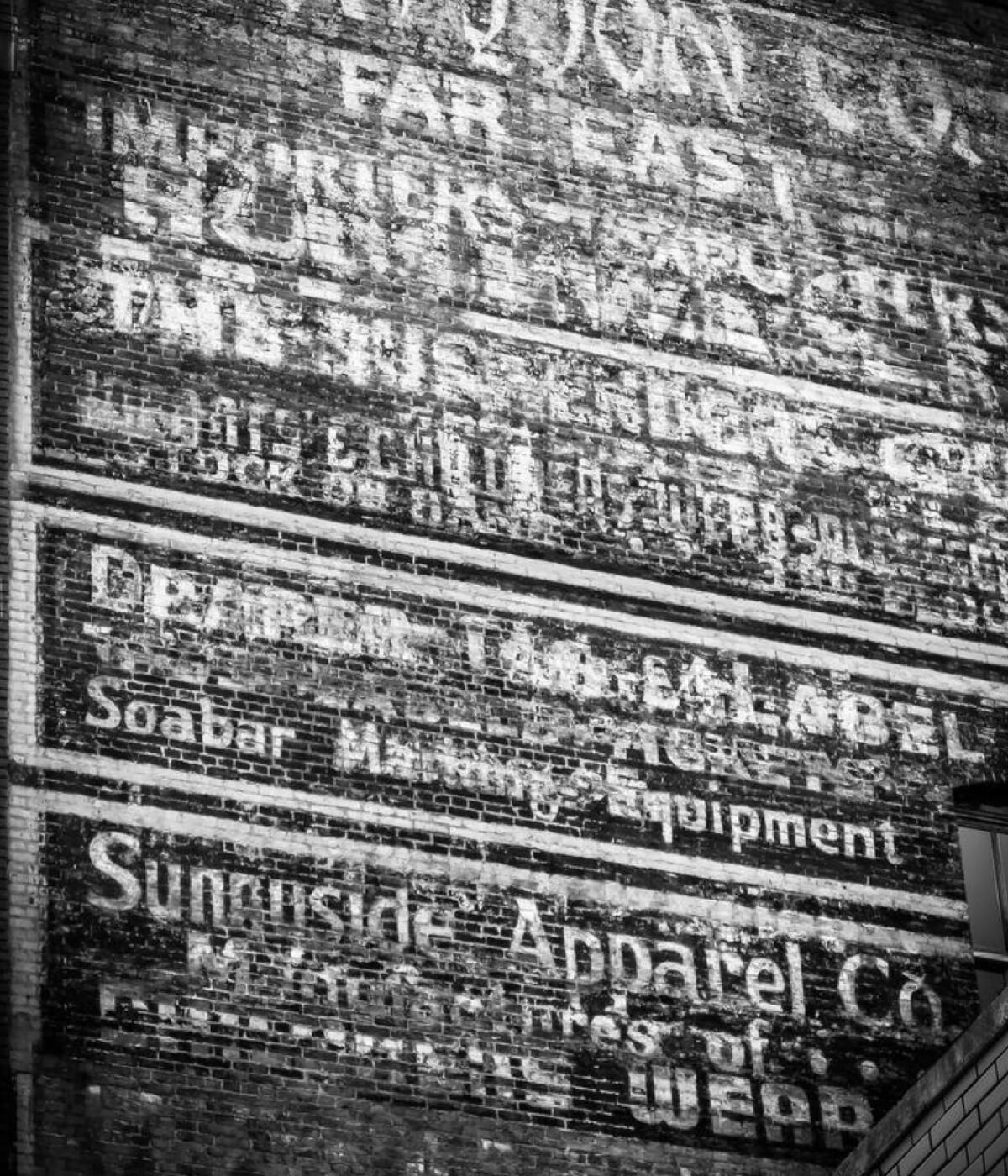
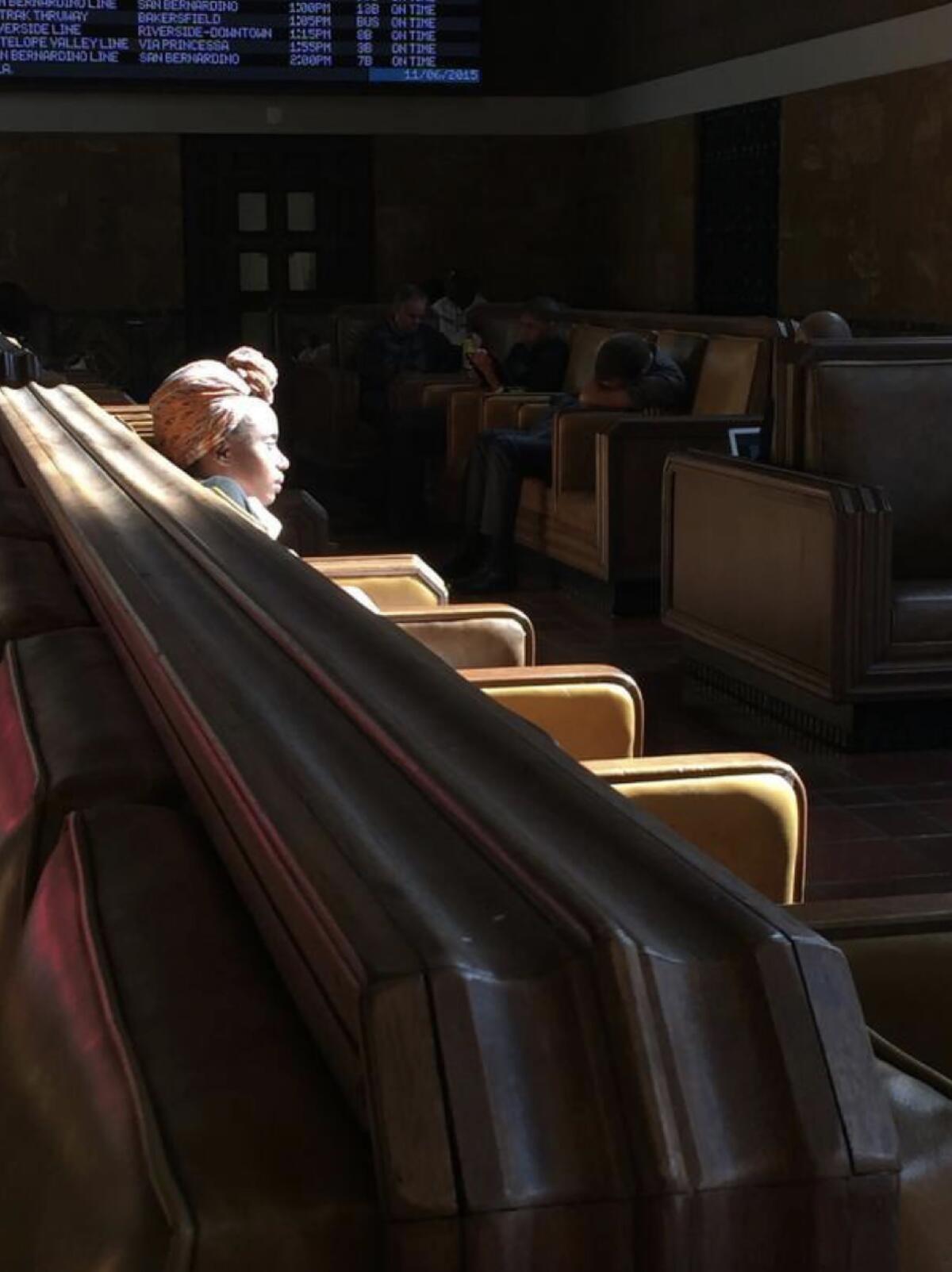
In the last few years I began what I can only describe as chasing ghosts. I made a ritual out of recording my vanishing sense of place. I started rising early, when the city was emptied out, when it was just blinking awake. I wanted to find and catalog what and who was still here — the details, experiences and people I associate with “home.”
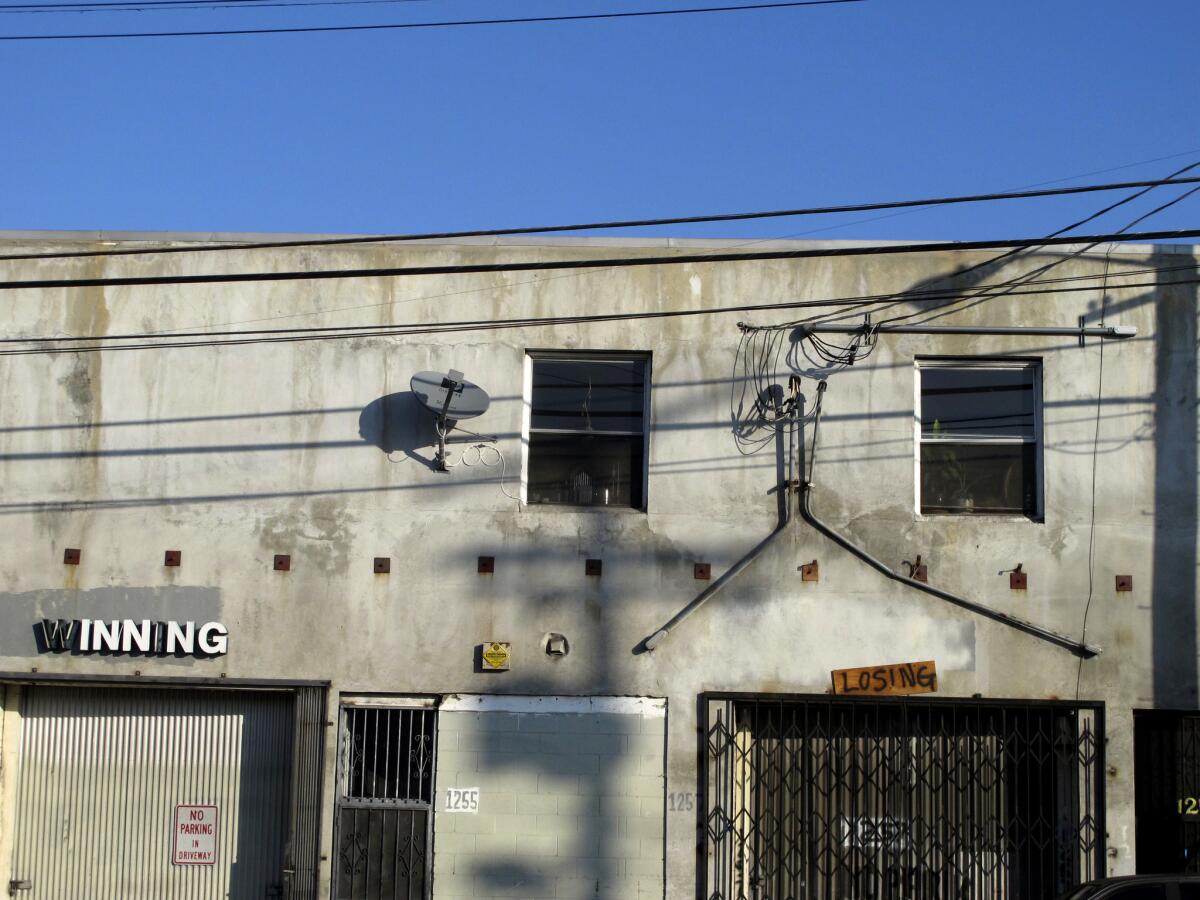
I started with faint, stylized lettering sketched along the side of the last century’s brick and stucco buildings in downtown’s historic core, snippets of past stories: “Private Baths. Nice Place.” Soon enough I slid off onto a related tangent: the busted tile in a former entryway, yellowed mailbox labels with names of residents who had long ago fled, remnants of backyard incinerators. And fresher images: curbside still lifes, tangled gardens, makeshift altars and everyday Angelenos drifting through ever-changing space.
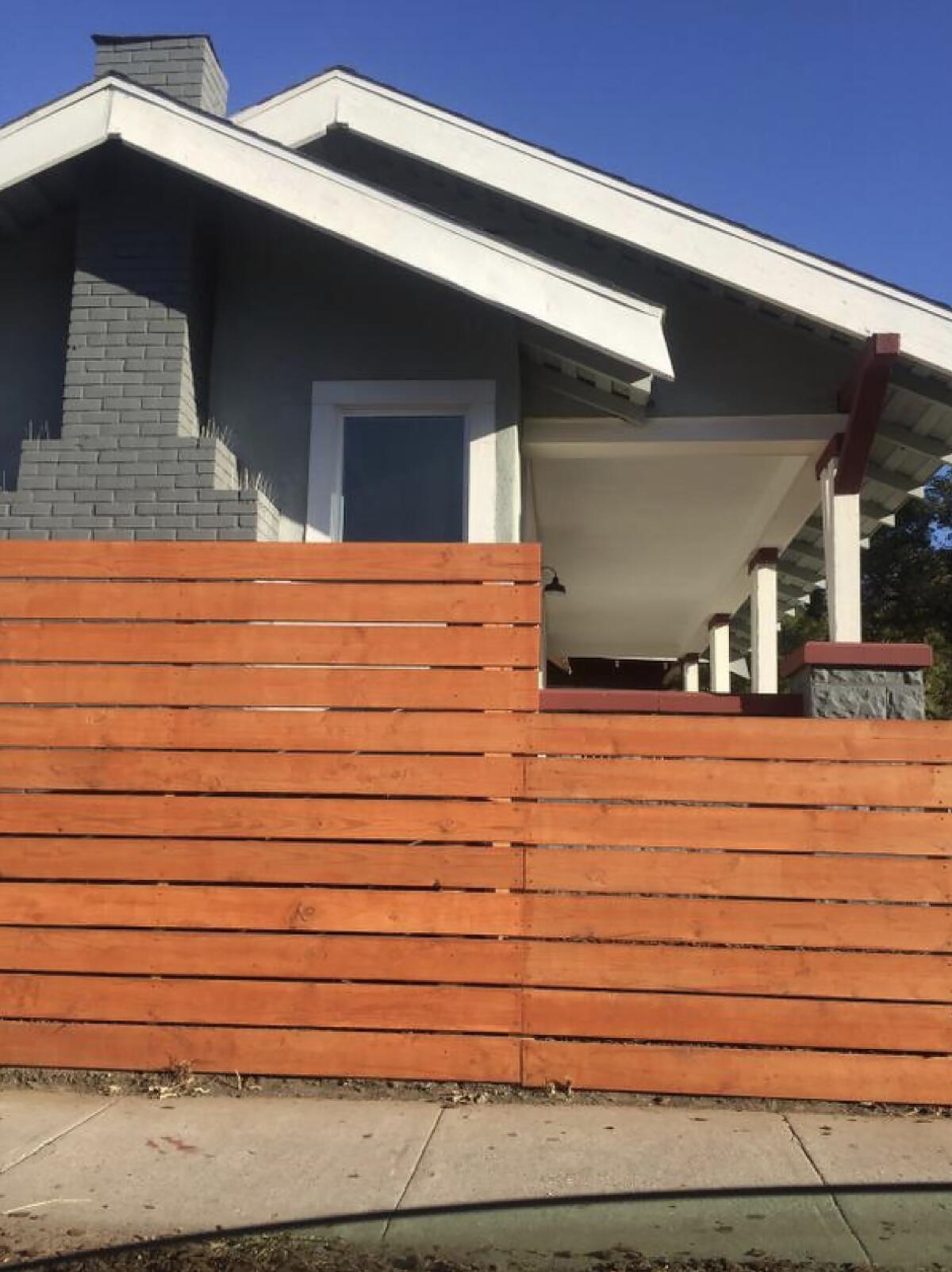
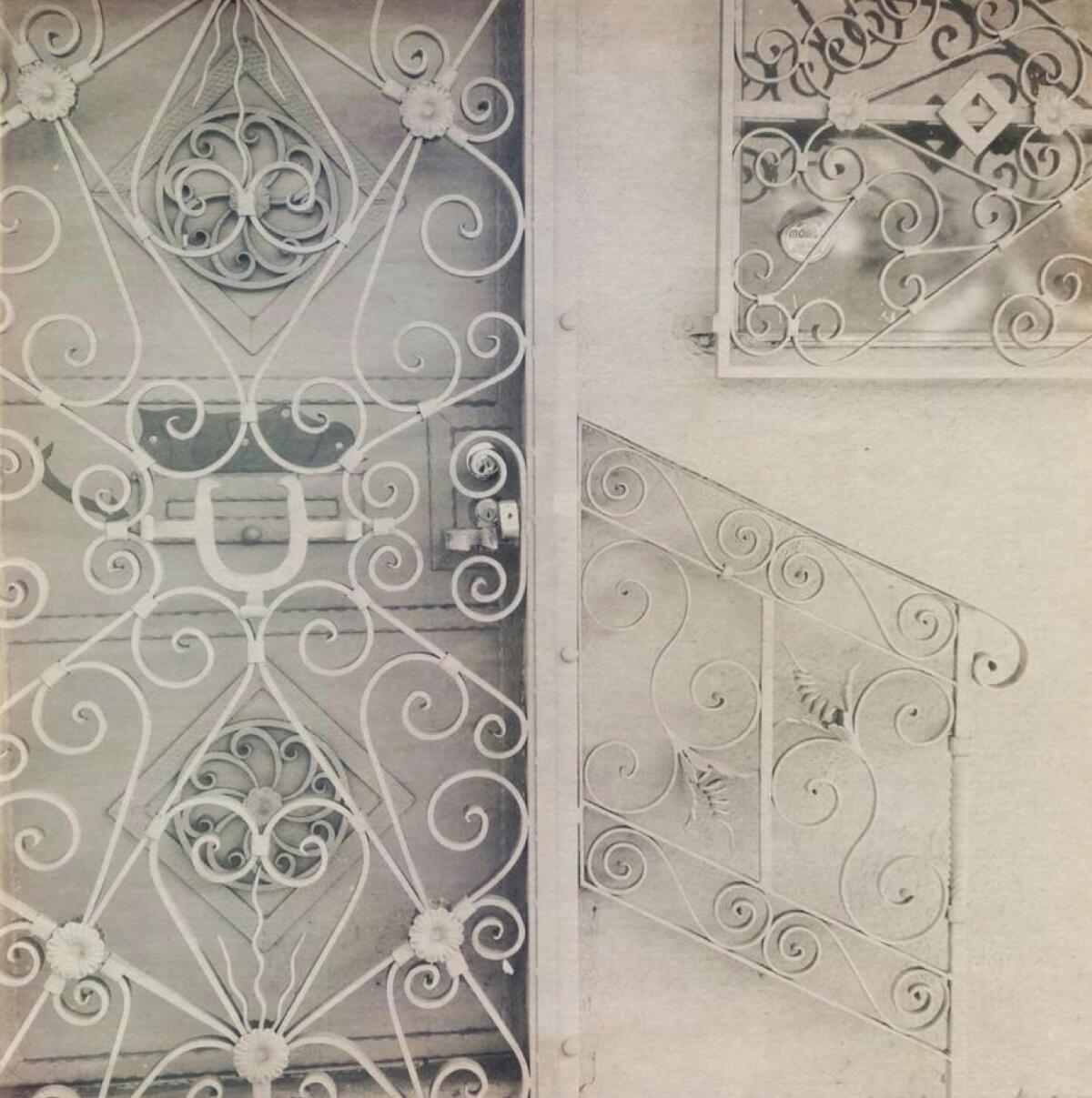
I set out looking for nothing in particular; I came back with puzzle pieces of what Los Angeles used to be and evidence of what it is. For all the subtraction, I am often surprised by how much of “home” — rustic, makeshift, eccentric — remains, but to find it requires that you pause, step out and look.
Lynell George is an Alan Jutzi Fellow at the Huntington Library. This photo essay and text are adapted from her latest book, “After/Image: Los Angeles Outside the Frame.”
Follow the Opinion section on Twitter @latimesopinion and Facebook.
A cure for the common opinion
Get thought-provoking perspectives with our weekly newsletter.
You may occasionally receive promotional content from the Los Angeles Times.



